While François Truffaut’s The 400 Blows is a famous addition to the French New Wave, its ambiguous ending leaves viewers without any clear answers. Truffaut was one of the leading voices of the French New Wave movement, and the director helped shape the aesthetic of independent cinema with movies like Jules et Jim, Shoot the Piano Player, and Fahrenheit 451. However, before any of those projects made him an icon, Truffaut made a name for himself with his 1959 feature directorial debut, the coming-of-age drama The 400 Blows. While The 400 Blows features some of the experimental techniques that Truffaut made famous, the movie is mostly a straightforward Bildungsroman.
Until the film’s final shot breaks the fourth wall, The 400 Blows tells the simple story of Antoine Doinel. A troubled youth with distant parents, he frequently skips school and claims his mother recently died in an attempt to get away with this. Later, he tries to leave home by stealing a typewriter and reselling it but fails when he can’t find a buyer. After getting caught, Antoine spends a night in prison before he’s sent to a youth detention center. There, psychologists hear his frustrations but offer no solutions until, eventually, Antoine runs away to a nearby beach. It is there that The 400 Blows‘ iconic ending takes place.
Why Is The 400 Blows’ Final Shot A Freeze Frame?
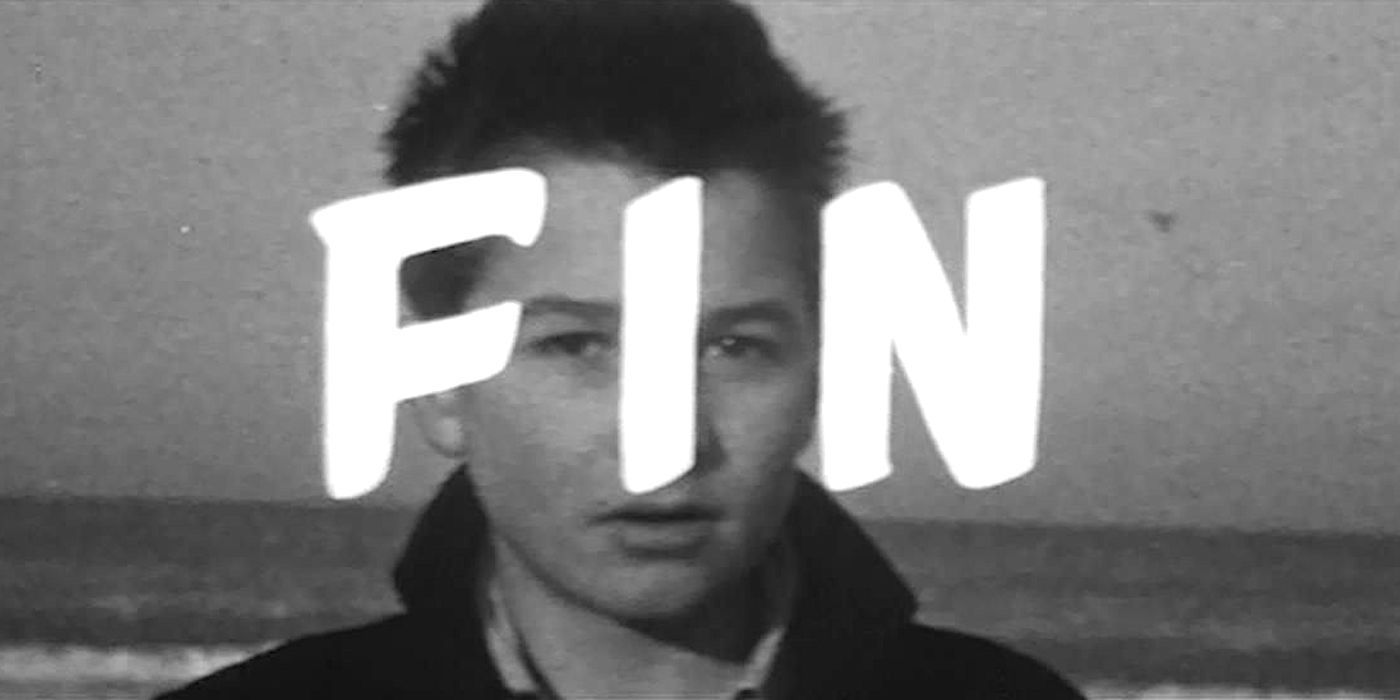
The 400 Blows is famous for its final shot, a freeze-frame that zooms in on Antoine as he stands by the sea and looks back at the camera. The movie spawned four sequels made across decades with actor Jean-Pierre Léaud returning as Antoine Doinel, and this explains why the final shot of The 400 Blows is a sudden freeze-frame, as it signifies that this story is just a chapter in Antoine’s life. The scene mirrors the moment when his mugshot photo was taken earlier, a shot that also includes a zoom into a freeze-frame of Antoine looking uncertain.
The final shot of The 400 Blows is intentionally ambiguous and haunting. Antoine finally sees the sea as he always wanted to, but his expression is unreadable. He could be disappointed that the experience didn’t provide the freedom he yearned for, or he might be worried since he has finally been caught by the youth detention center’s guards. Even if he has escaped the center for good, his puzzled visage might imply that he doesn’t know where to go next. While Truffaut went on to become an essential French New Wave director, he was an unproven young talent when he shot Antoine’s ambiguous ending.
What Happens To Antoine Doinel After The 400 Blows’ Ending
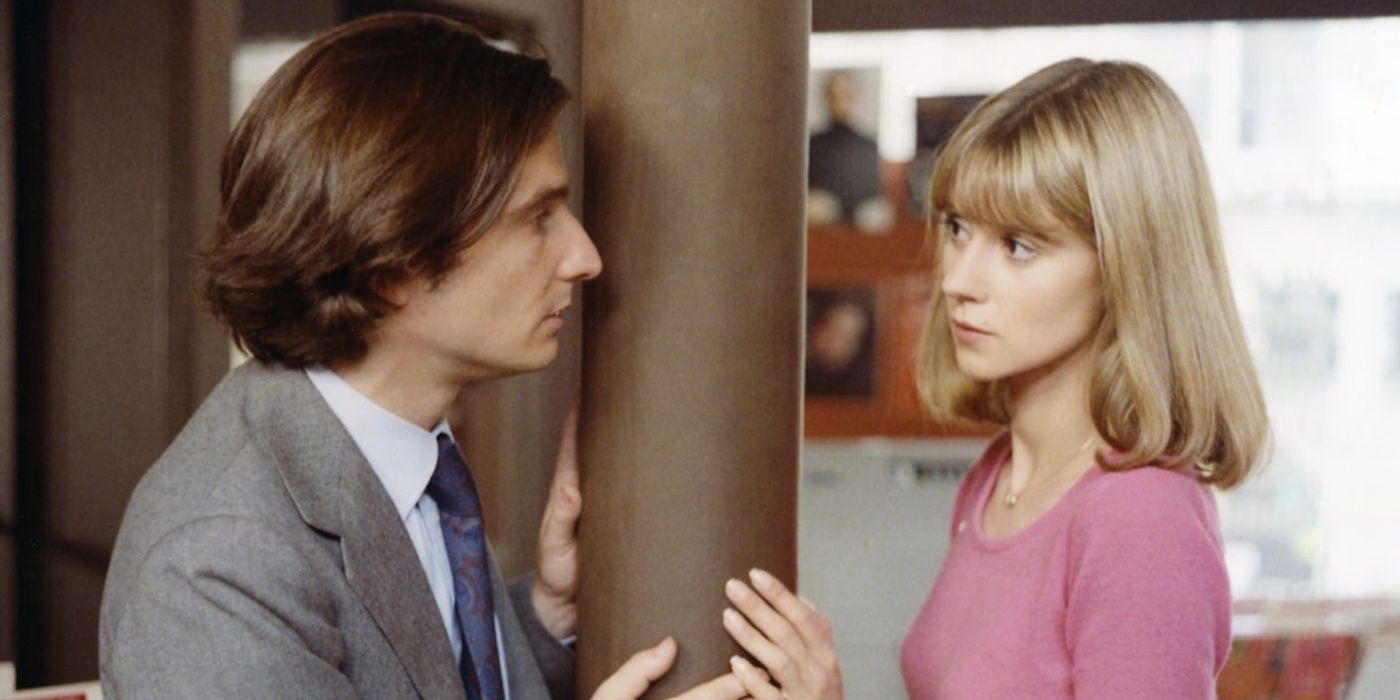
While it may take a while to get accustomed to the ambiguous ending of The 400 Blows, viewers wondering what happened to Antoine need not fret. In the 1962 anthology movie Love at Twenty, the character pursues a music student during the segment titled “Antoine and Colette.” In 1968’s Stolen Kisses, an older Antoine is discharged from the military and starts a relationship with Christine before later beginning an affair with his boss’s wife. In 1970’s Bed and Board, Antoine has married Christine but is now enamored with another young woman. Finally, in 1979’s Love on the Run, Christine and Antoine divorce as he pursues a record seller, Sabine.
How Much Of The 400 Blows Was Based On Truffaut’s Life
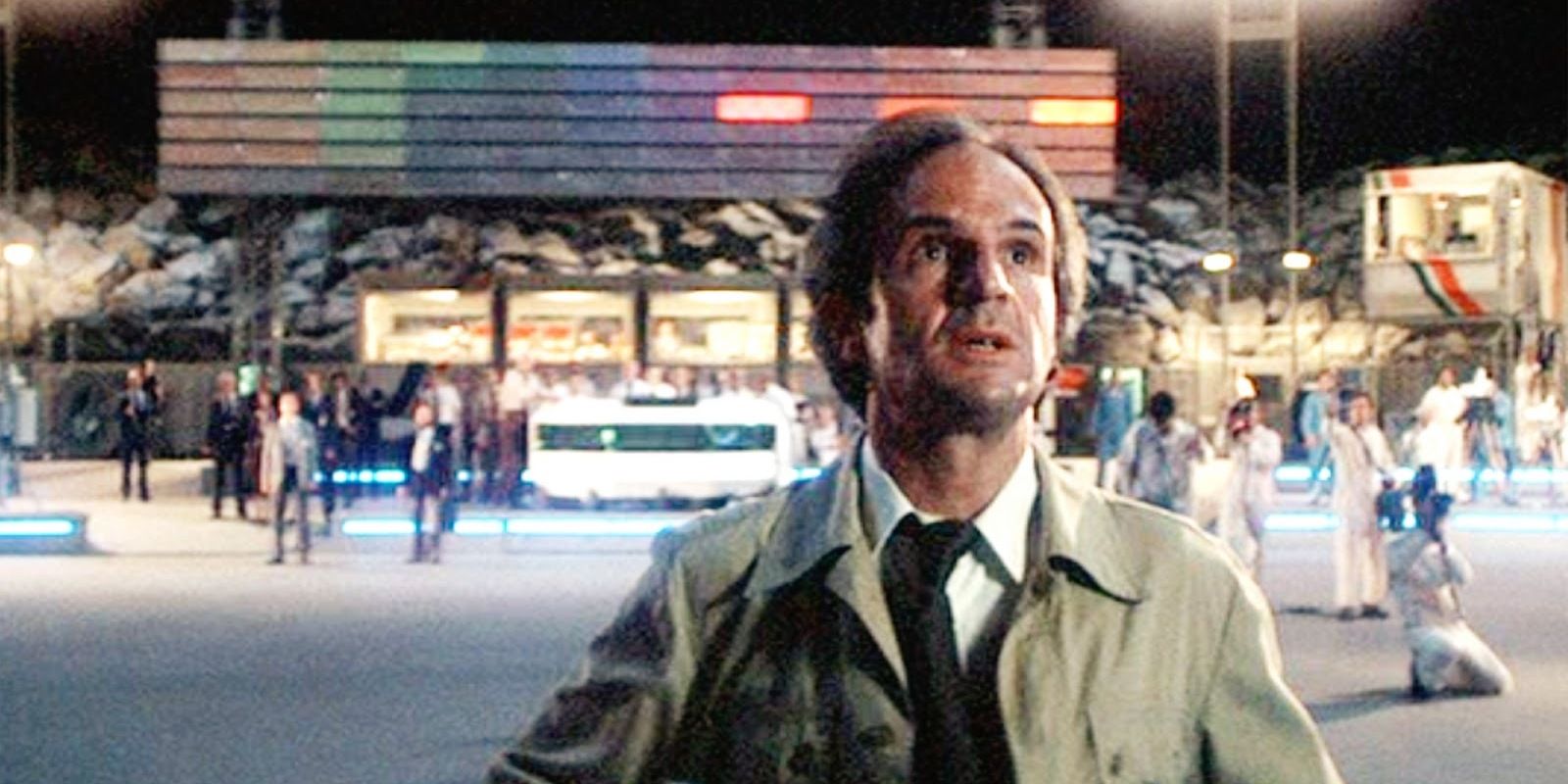
A lot of The 400 Blows was lifted directly from François Truffaut’s real life. According to an essay on the Criterion Collection website, the filmmaker really did run away from home at the age of 11, and he falsely claimed that a terrible fate had befallen a parent to get out of trouble for truancy. In reality, though, the lie was not about his mother having died. Truffaut claimed that his father had been arrested by the Germans when, in reality, he’d never met his biological father. Truffaut was also turned over to the police for numerous petty thefts, but unlike Antoine, he had a friend to help him out.
What Does The 400 Blows’ Title Mean?
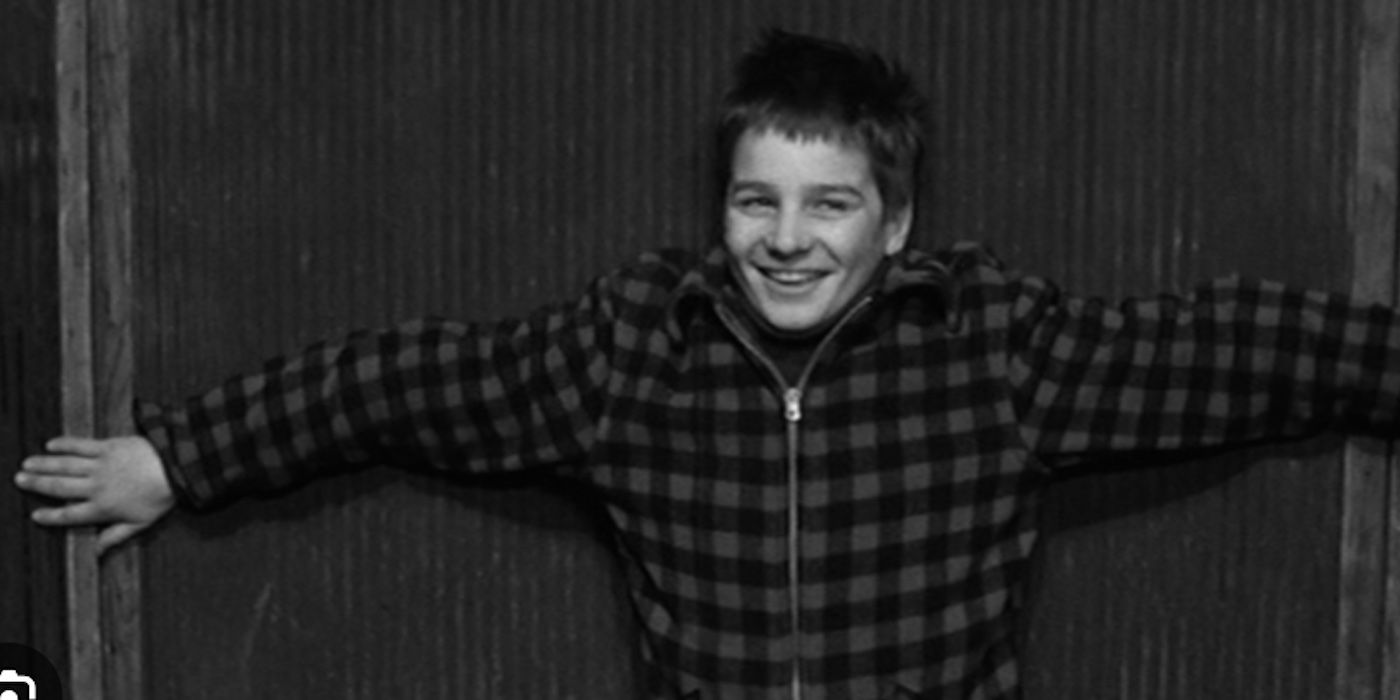
The title The 400 Blows is not, as is frequently misinterpreted, a reference to the many trials faced by the hero. Instead, according to The Guardian, The 400 Blows is a literal translation of a French idiom similar to “raising hell.” In this context, the title refers to Antoine’s search for meaning in rebellion. There is an argument to be made that Truffaut himself reached for meaning in rebellion in his subsequent movies, as the likes of Jules et Jim and Shoot the Piano Player daringly ignored the conventions of traditional cinema in favor of something more innovative and original.
Who Was André Bazin & Why Was The 400 Blows Dedicated To Him?
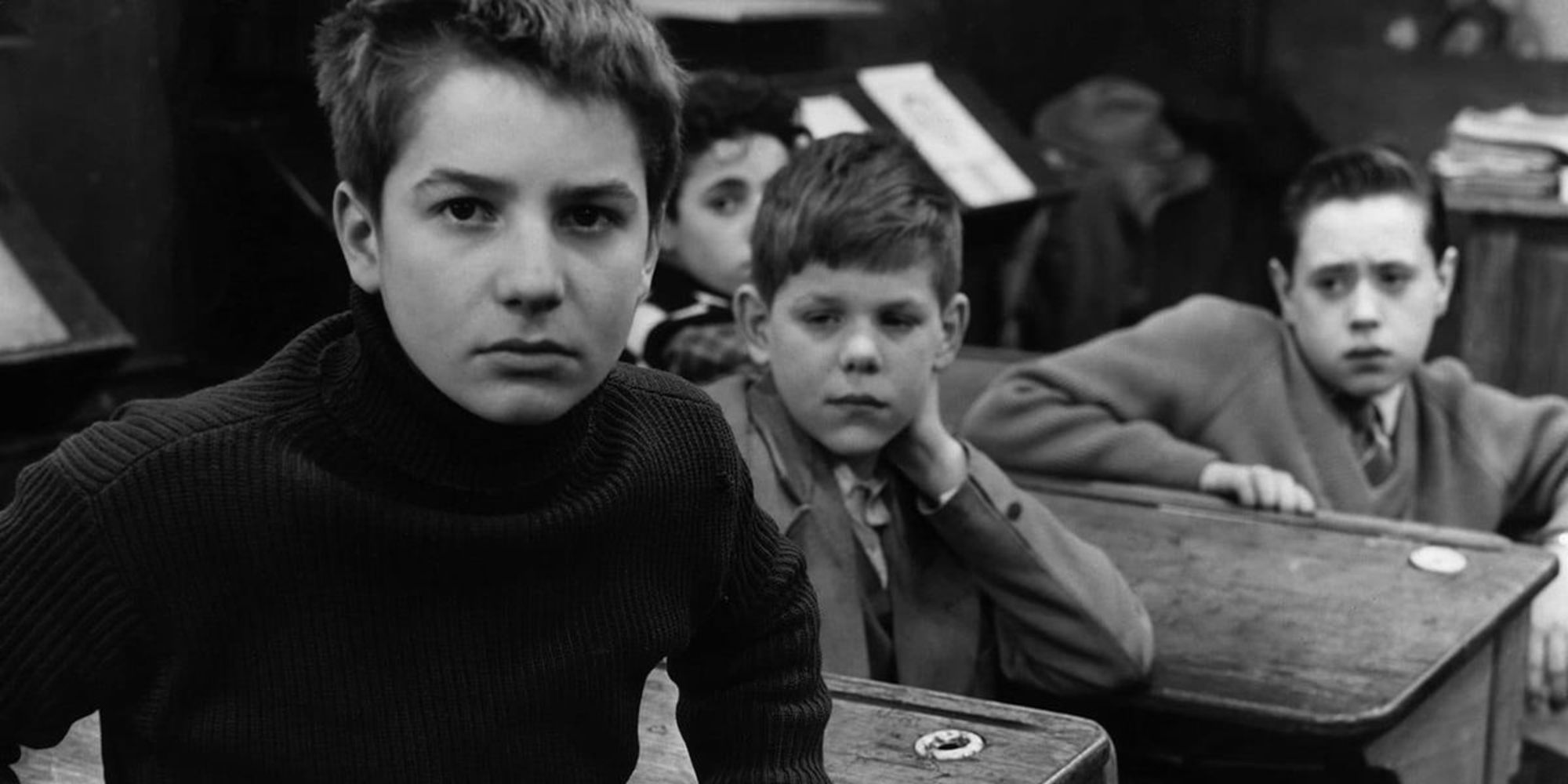
André Bazin was an influential film critic who helped shape the French New Wave through his theories of realism and personalism, which expounded at length in the magazine Cahiers du Cinema. The 400 Blows is dedicated to him since Bazin, who’d just died in November 1958, was a father figure to Truffaut, unlike the director’s distant adoptive father and unknown biological father. Bazin was also an early proponent of auteur theory, the idea that directors have a signature style that defines their work.
The Real Meaning Of The 400 Blows’ Ending
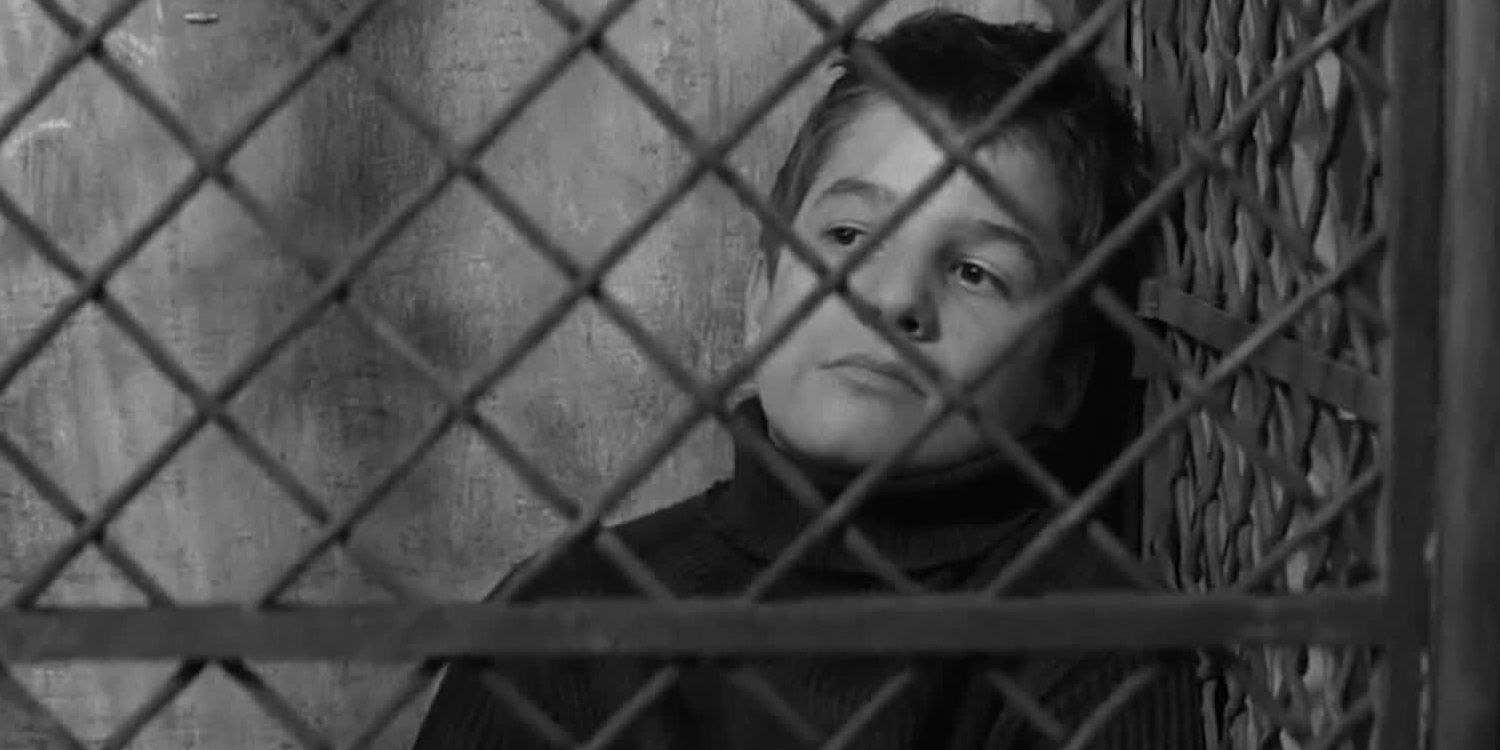
Like many great French New Wave movies, The 400 Blows is more interested in the emotions of its hero than in conforming to traditional narrative forms. Antoine’s story feels unfinished on purpose since Truffaut was using the character as an autobiographical stand-in. Around the time the filmmaker shot his debut movie, his mentor and surrogate father Andre Bazin had just passed away. This gave Truffaut creative freedom while also depriving him of a sense of safety and a reliable source of help.
As Antoine stares out at the ocean in freeze-frame, he’s as unsure of his future as the director was of his own artistic journey. Truffaut went on to become a confident filmmaker with an instantly recognizable style that marked him as a generational talent. However, at this point in his career, he was effectively a young rebel disregarding the rules of the establishment and trying to forge a path of his own. The ending of The 400 Blows sees both director and hero wonder what is next for them as Antoine looks toward the world of adult life while Truffaut considers what his directorial style will be without Bazin’s guidance.




